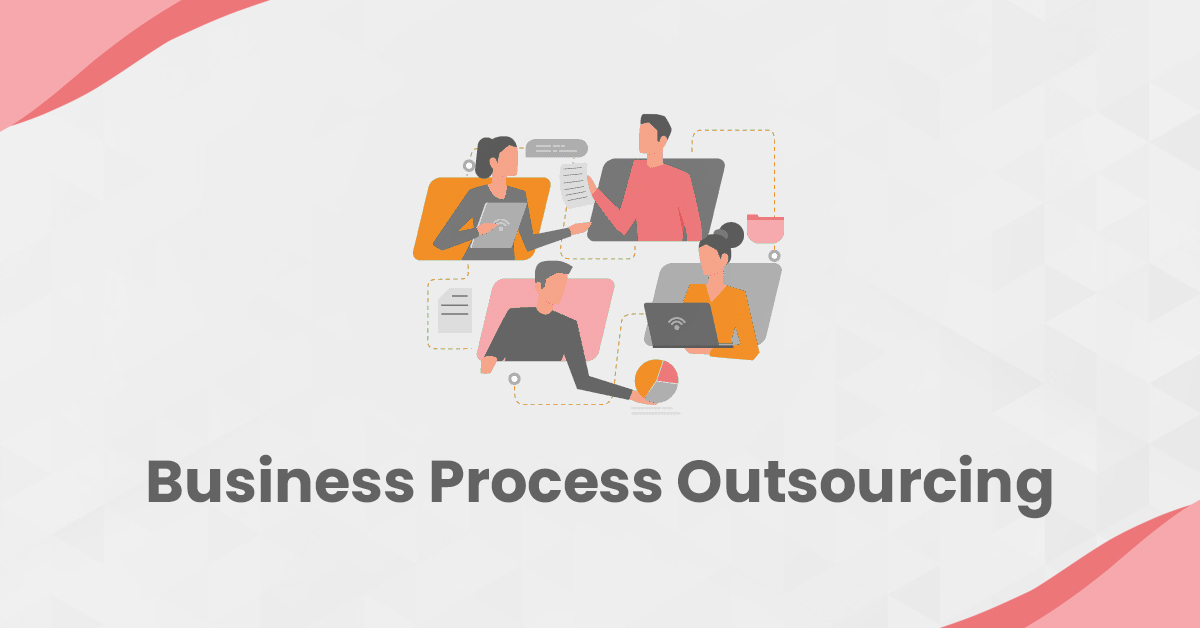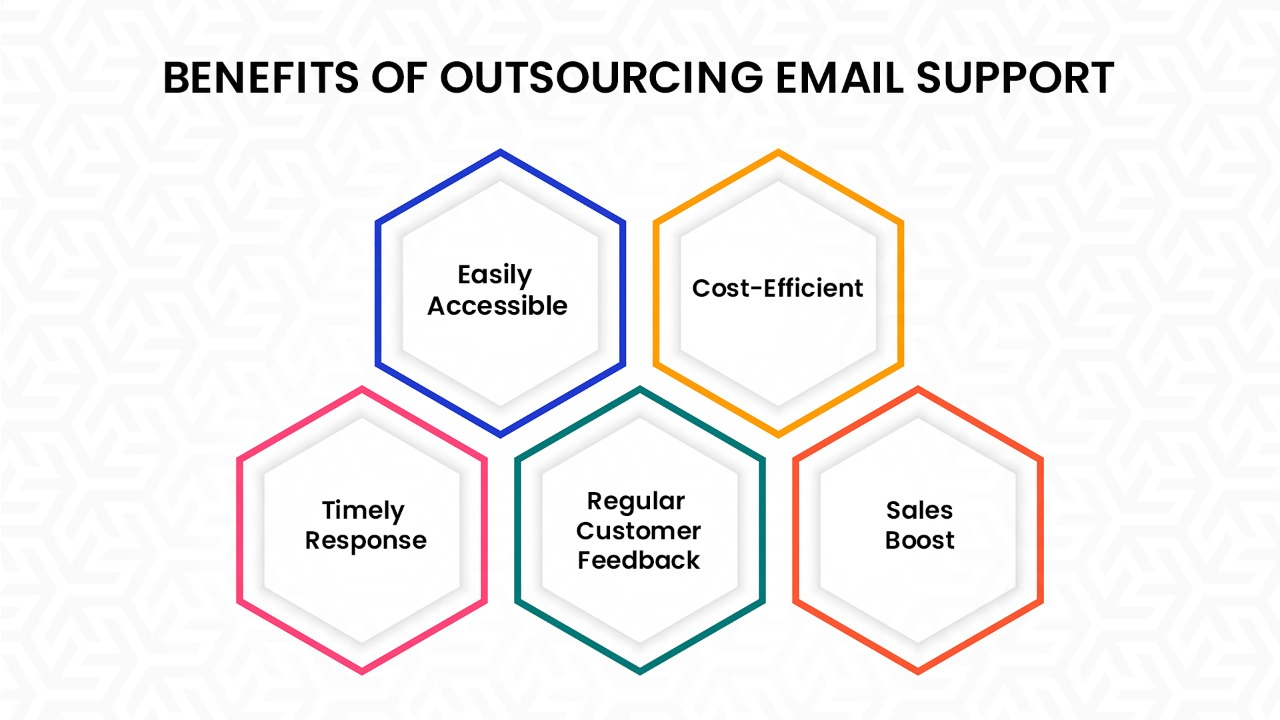Make Your CX Strategy a Top-Notch Business Growth Driver
In today's business landscape, customer experience (CX) is essential to success and it plays a significant role in driving growth and success. A good CX strategy can help businesses establish a strong relationship with their customers, increase brand loyalty, and drive repeat business. With the increasing competition in the market, it has become imperative for companies to focus on delivering exceptional CX to stay ahead of the curve.
Understanding today’s customers
As per Salesforce, 89% of consumers are more likely to make another purchase after a positive customer support service experience. Their research shows that organizations that prioritize CX outperform their peers financially. But despite its importance, many companies struggle to create a CX strategy that drives real business growth.
There are a few common mistakes that can trip up even the most well-intentioned businesses when it comes to CX. One is failing to take an outside-in approach, instead making decisions based on internally-focused metrics like cost savings or operational efficiency. While these things are important, they shouldn't be the primary driver of your CX strategy.
Another common mistake is not aligning your CX strategy with your business goals. Your CX strategy should be designed to help you achieve your specific business objectives, whether that's increasing revenue, reducing churn, or improving customer satisfaction scores.
Finally, many companies make the mistake of thinking of CX as a one-time event or project, rather than an ongoing journey. The reality is that there is no finish line when it comes to CX; it's an ongoing process of continual improvement. By taking a holistic view of the customer experience and making data-driven decisions, you can ensure that your CX strategy is a top-notch business growth driver.
Challenges that businesses face with delivering exceptional CX
Businesses face several challenges when it comes to delivering a seamless CX, including changing customer preferences, limited budget, and lack of understanding of customer behavior and needs. Moreover, businesses also struggle to deliver a consistent CX across various touchpoints and channels, leading to a fragmented and disjointed experience for customers.
As the customer experience (CX) continues to evolve, so do the challenges that businesses face in delivering an exceptional experience. Here are some of the most common challenges businesses face when it comes to CX:
Delivering Consistent Experiences Across Channels
One of the biggest challenges businesses faces is delivering consistent experiences across all channels such as in-person, online, mobile, etc. With customers interacting with businesses through multiple channels, it can be difficult to ensure that each interaction is seamless and provides the same level of quality.
Managing increasing customer expectations
Another challenge businesses face is managing ever-increasing customer expectations. With the rise of social media and the 24/7 news cycle, customers are more informed than ever before and have higher expectations for the businesses they interact with. They expect personalized experiences, immediate responses to their inquiries, and for their needs to be anticipated. Meeting these expectations can be a challenge for businesses.
Addressing new touchpoints in the customer journey
Managing customer expectations is addressing new touchpoints in the customer journey. As customers’ expectations change and new technologies emerge, businesses need to be prepared to address new touchpoints in order to provide a complete and satisfying experience. This can be difficult as it requires anticipating changes in customer behavior and being proactive in implementing solutions.
Top 4 ways to create a winning CX strategy
When it comes to driving business growth, your CX strategy is a powerful tool. By focusing on delivering excellent customer experiences, you can create loyal, satisfied customers who will keep coming back – and spending money.
There are a few key things to remember when crafting your CX strategy:
Know your customers:
Start by understanding who your customers are, what they need, and what they expect. Conduct surveys, gather feedback, and analyze customer behavior data to gain insights into their needs and preferences. Keep your customers’ needs front and center. What do they want and need from your product or service? How can you make their experience as smooth and enjoyable as possible?
Set clear goals and objectives:
Identify the specific outcomes you want to achieve with your CX strategy, and make sure they are aligned with your overall business goals. Make sure every touchpoint is delivering a positive experience. Every interaction your customers have with your brand – from the first time they see your website to post-purchase follow-up – should be pleasant and helpful.
Design customer journeys:
Map out the different stages of the customer experience and identify opportunities to enhance it at each touchpoint. Further, encourage employee engagement by training them on the importance of CX and empowering them to deliver excellent customer service.
Continuously measure and improve:
Regularly evaluate the effectiveness of your CX strategy and make necessary improvements. Gather customer feedback, analyze metrics, and test new ideas to ensure you are delivering the best possible experience to your customers. Continuously measure and analyze customer feedback. Use data to constantly improve the customer experience you’re delivering.
By following these tips, you can make sure your CX strategy is a top-notch business growth driver. Implementing a great CX strategy will help you stand out from the competition and keep your customers coming back for more.
Final thoughts
In conclusion, businesses that prioritize their CX strategy are more likely to see increased customer satisfaction, loyalty, and ultimately, business growth. While it may require some investment and resources, the long-term benefits of a well-executed CX strategy are well worth it. Remember to involve your employees, use data to inform decision-making, personalize the experience, and continuously monitor and improve for the best results.
Want to get a personalized CX strategy for your business? Contact JindalX today!



Comments
Post a Comment